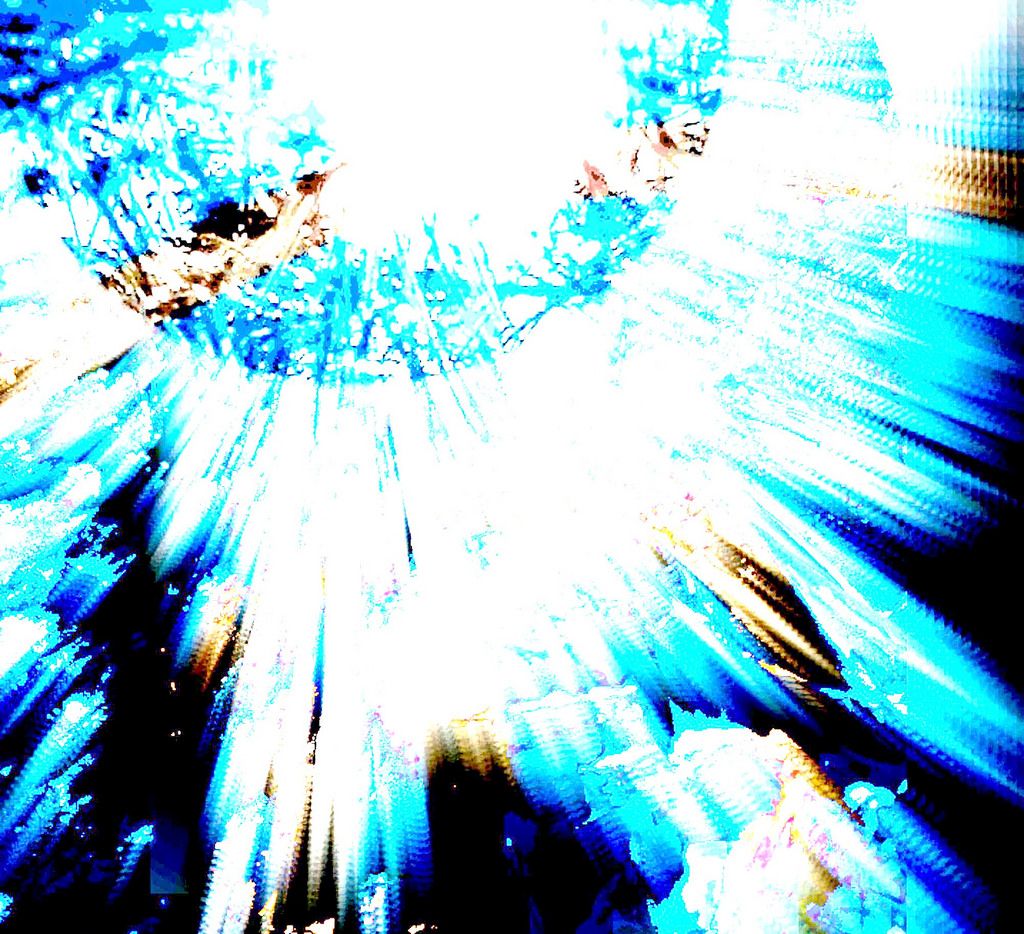The Quantum Reality!

There came into light the quantum era in the early 20th century bringing about a renaissance in the way of thought of the whole scientific community with the physicists being engulfed in an air of joy and uncertainty around the globe on seeing the unexpected projections of reality and truth in the solutions of quantum mechanics.
The ignition spark of quantum mechanics took its place unknowingly in the great minds when the particle nature of light was established by Prof. Einstein, creating a distortion in the old belief of light considered to be wave natured. But the first firm results and basic foundation was laid by the revolutionary ideas if the great physicist Max Plank, who discovered the Plank’s law giving a perfect explanation of black body radiation. From then onwards quantum mechanics flourished and bizarre ideas came into existence in the form of beautiful equations. Some of the initial and brilliant developers of quantum mechanics were Werner Heisenberg, Erwin Schrödinger, Paul Dirac, Max Born and many more. The air around 1930’s and 40’s was filled with the fragrance of quantum mechanics and quality work was done by most physicists. As in the words of Dirac “even second rate physicists did first rate work”.
Now after nearly 80 years the realm of quantum mechanics has reached to every nook and corner of scientific knowledge of man and newer developments are taking place with its applications in vast areas. Theorists are creating and discovering new possibilities in the solutions of quantum mechanics. One such amazing discovery is the concept of parallel universes or multiverse which sprouted from one of the most basic equations of quantum mechanics called the equation of state. The initial idea came from the famous thought experiment of Schrödinger popularly known as the “Schrödinger’s cat paradox” where the cat is in a superposition state of being both dead and alive.
 To explain why we never seem to see cats that are both dead and alive, and yet can detect atoms in a superposition of states, physicists have recently replaced the idea of superpositions collapsing with the idea that quantum objects inevitably interact with their environment, allowing information about possible superpositions to leak away and become inaccessible to the observer. All that is left is the information about the single state. This process is called ‘decoherence’. If you can prevent it-by tracking all the information about all possible states-you can preserve the superposition. In the case of something as large as the cat, that may be possible in Schrödinger’s theoretical sealed box. But in the real world it is very difficult to achieve. The puzzle is how decoherence might work on the scale of the entire universe: it too must exist in a superposition of state until some of the information it contains leaks out, leaving a single state that we see, but in conventional formulations of the universe, there is nothing else for it to leak into. Many physicists have toyed with the idea that the cosmos is made up of regions which differ so profoundly that they may be thought of as different universes inside a bigger universe such that information can leak from our casual patch into others, allowing our part of the universe to decohere into one state or another, resulting in the universe that we observe.
To explain why we never seem to see cats that are both dead and alive, and yet can detect atoms in a superposition of states, physicists have recently replaced the idea of superpositions collapsing with the idea that quantum objects inevitably interact with their environment, allowing information about possible superpositions to leak away and become inaccessible to the observer. All that is left is the information about the single state. This process is called ‘decoherence’. If you can prevent it-by tracking all the information about all possible states-you can preserve the superposition. In the case of something as large as the cat, that may be possible in Schrödinger’s theoretical sealed box. But in the real world it is very difficult to achieve. The puzzle is how decoherence might work on the scale of the entire universe: it too must exist in a superposition of state until some of the information it contains leaks out, leaving a single state that we see, but in conventional formulations of the universe, there is nothing else for it to leak into. Many physicists have toyed with the idea that the cosmos is made up of regions which differ so profoundly that they may be thought of as different universes inside a bigger universe such that information can leak from our casual patch into others, allowing our part of the universe to decohere into one state or another, resulting in the universe that we observe.
But while decoherence explains why we don’t see cats that are dead and alive at the same time, or our own universe in a huge superposition of states, it doesn’t tell us which state the cat, or the universe should eventually end up in. The answer to this is given by the concept known as “many worlds interpretation of quantum mechanics”. According to this strange idea, when a superposition of states occurs, the cosmos splits into multiple parallel but otherwise identical universes. In one universe we might see the cat survive and in another we see it die. This results in an infinite number of parallel universes or multiverse in which every conceivable outcome of every event actually happens.
[This article is written by our Consulting Editor Madhurrya P. Talukdar.]
